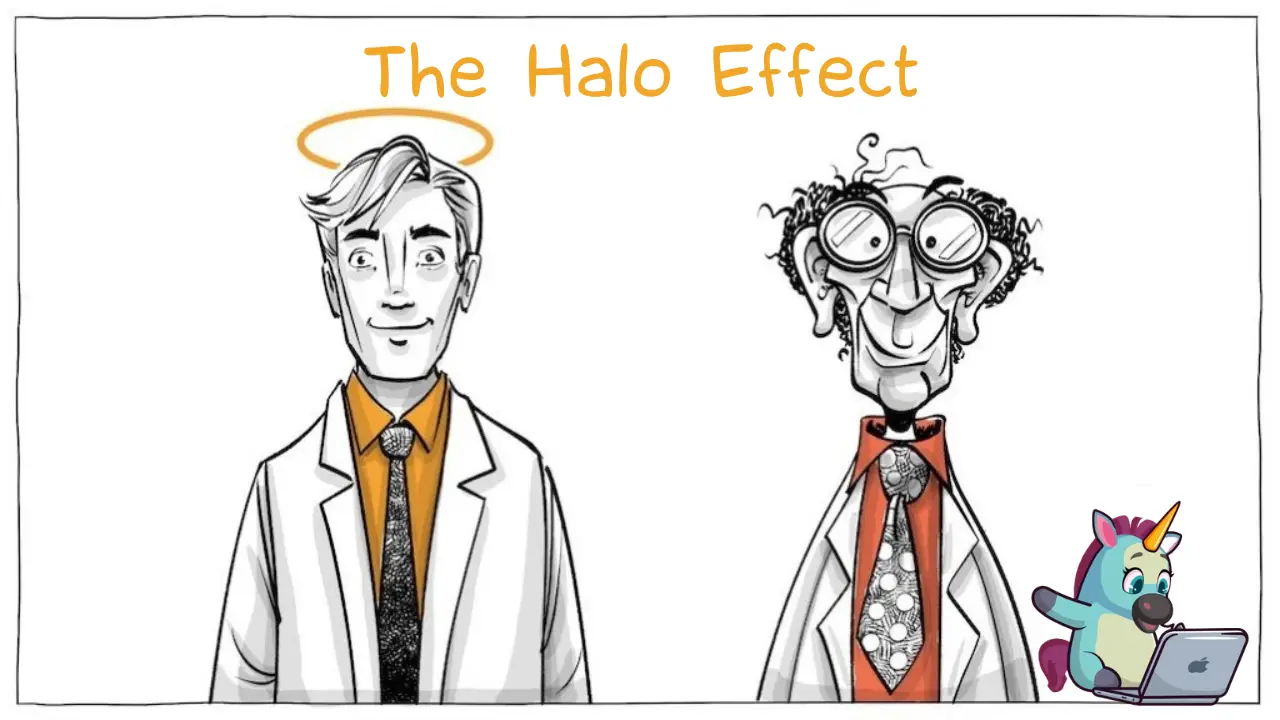
George Mastorakis is a digital marketer with 12+ years of experience in building and growing online businesses. From affiliate SEO sites and CPA funnels to agency work and leading growth at Synthesys from $0 to $1M ARR, he’s done it all. Today, he helps solo founders build a personal brand and scale their businesses using startup growth tactics he’s refined through years of hands-on experience.

 The Halo Effect: The Power of Positive Impressions
The Halo Effect: The Power of Positive Impressions


 The Halo Effect Handbook
The Halo Effect Handbook
 Halo Effect GOATs
Halo Effect GOATs
Leave a Reply